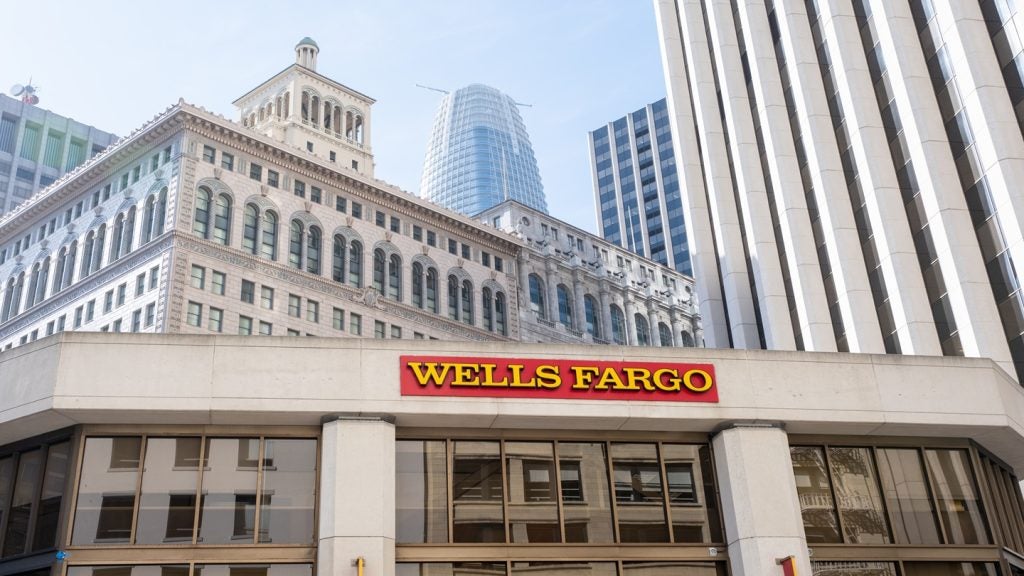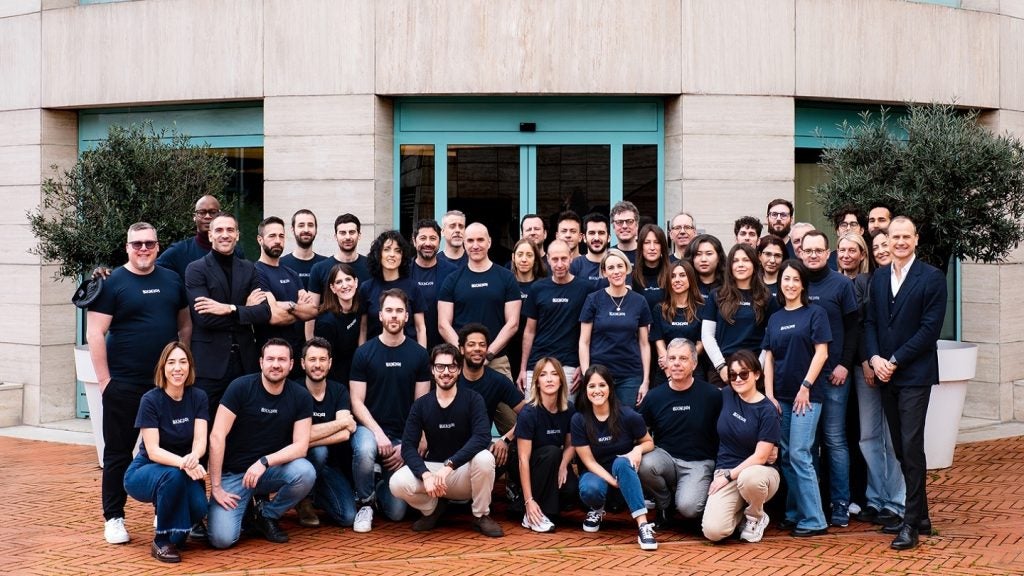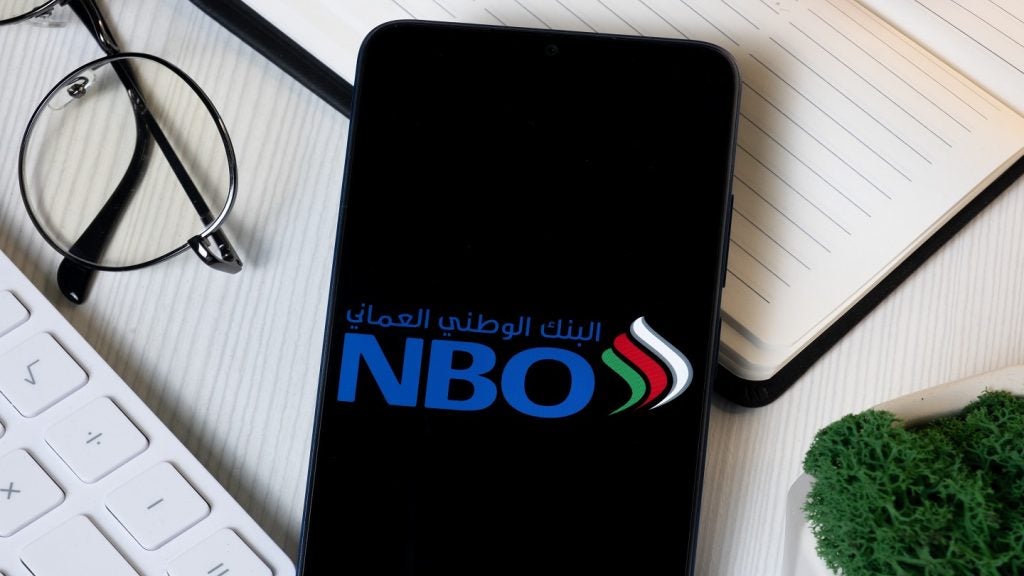
The internet of things (IoT) is a relatively mature theme in the retail banking sector, led by the ever-increasing adoption of smart devices as a preferred payment method.
Despite this, the benefits for consumers and banks alike are likely to drive further implementation of IoT technologies, even if on a more incremental basis than in the past.
A GlobalData poll from 2023 revealed that 48% of professionals across financial services believed that IoT was already disrupting the sector and that a further 10% believed it would do so in the next twelve months. This is in part due to the ease of integrating IoT in financial services and particularly retail banking, with the benefits to the consumer easily understood.
“Virtual cards are a great example – you no longer need a physical card,” Rob Cottrill, technology director at digital transformation company ANS tells Retail Banker International. These are representations of cards stored on smart devices that allow users to purchase goods securely and without the need for pin numbers or other security.
This holds risks if devices are breached or stolen, but the increased monitoring provided by IoT integration allows banks to track where and when purchases are made in real time and build up an understanding of a customer. This makes banks incredibly good at fraud detection, as well as providing opportunities for synergistic benefits such as increased personalisation of products such as loans, bank accounts or credit cards.
Cottrill notes that this isn’t foolproof. “The thing is acceptable risk within banks where the […] real-time data they’re getting does offset a lot of the losses from fraud and allows them to compensate an account for that,” he says.
By way of an example, Tom Fairbairn, distinguished engineer at IoT and data specialists Solace, tells Retail Banker International: “If you go abroad and try to make a transaction with a card or go to an ATM for instance, the bank or credit card company is going to be immediately suspicious. This is a UK person, they’re in Spain, making a transaction. Is this fraudulent? Well, what a lot of them do is they will then check where your mobile phone is currently. That’s been around for quite a while.
“I think it took quite a lot of regulatory pressure to make that happen, to make the two organisations talk to each other. But I think most of us probably notice now that foreign transaction fraud is massively reduced, right? You don’t get nearly as much foreign transaction fraud.”
Big data is the future
Fairbairn sees the market IoT market as rife with opportunity in retail banking. On whether it has reached maturation he comments: “Whenever somebody says something like that, [I think of a story from] 1901 where the chief of the American Patent Office says something along the lines of 99% of all inventions have now been made. The people who think it’s all been done are at risk of being disrupted.”
In particular, he sees an opportunity for increased data sharing within and between banks to help develop new machine learning models: “This AI machine learning stuff needs vast amounts of data to train the models on and the problem is [that] retail banks, for various reasons, [have] very siloed data. You have customer record data for retail banking, which might be different to your credit card data, which might be different to your mortgage data, which might be different to the ‘Know Your Customer’, part of the bank, and it’s all in these vertical stacks of data. What a lot of retail banks seem to lack is the ability to kind of tie all that together.
“We think the way to do this is to process the data as it happens. When you process a transaction, like going through an ATM, you [do it] as it happens. Why not extend that to things like a customer updating their address, making a new mortgage application or reaching a certain risk limit on their account balances? The idea is to process a change as it happens, rather than stick it in a database somewhere and let it kind of sit there until somebody comes along and queries the data.
“The advantage is that this kind of thing can span across all of those different silos and enable that data to move between [them] so that perhaps less personalized data can go into a machine learning training model, for instance, while your account update can be sent with a 100% guarantee of getting to the relevant systems that need it like your customer database.”
This can be combined with data from retailers to form a picture of consumer spending habits, helping banks potentially provide tailored finance solutions in real time.
“If you can imagine extending [BNPL] based on user behaviour to say, looks like you’re clothes shopping today,” adds Fairbairn. “We’ve got some offers in that clothes shop and maybe you want to apply for an upgrade to your credit limit. There’s all these cross- and up-sell opportunities in the finance sector that can apply to activity that’s happening in the retail sector.”
Cottrill agrees that the future of IoT is increased personalisation. While largely seeing similar benefits for customers and the sector as a whole, he also acknowledges privacy concerns that some consumers may have, though finds them difficult to assuage.
“I’d always advocate to read small print,” he says. “It’s definitely worth understanding how your data is going to be used, and how they proceed when using it. You’re agreeing for them to use data to do fraud protection and tracking and everything else; that will be in that small print.
“The sad reality is, though, that I think a lot of the banking institutions will be doing the same thing, and the same small print will be there. So you’ve got a choice of accept it or don’t bank.”








